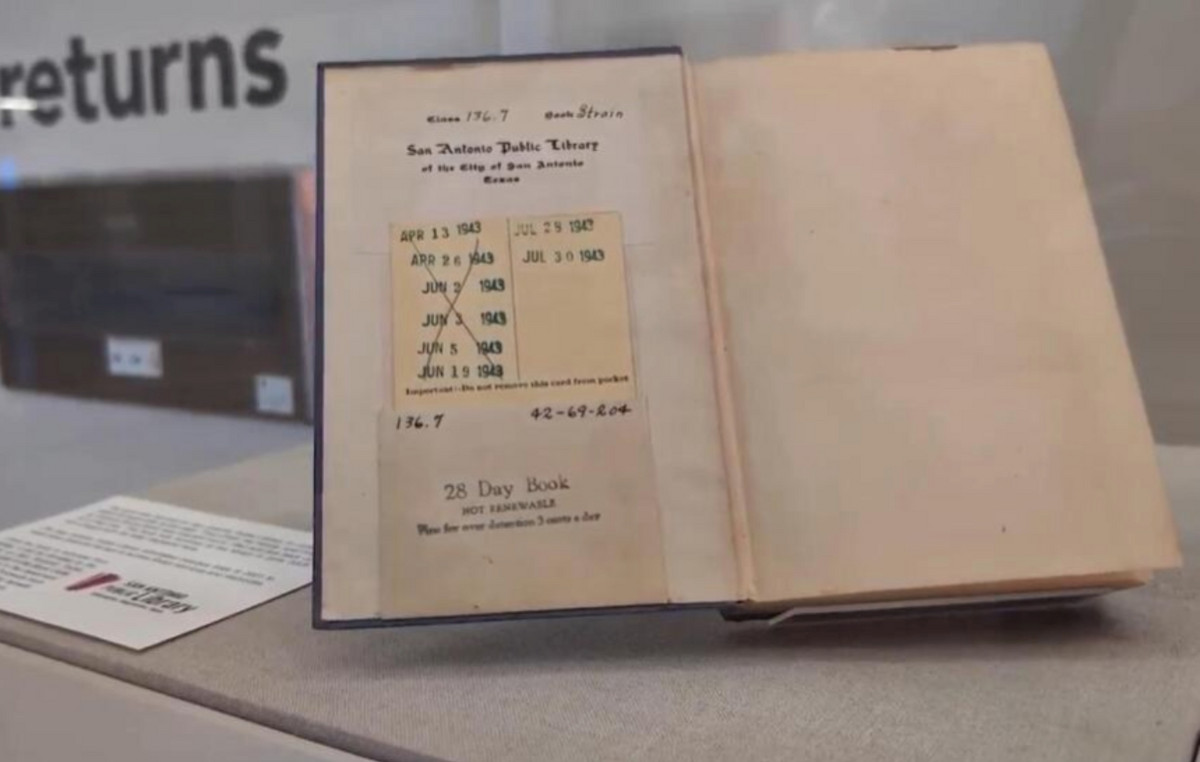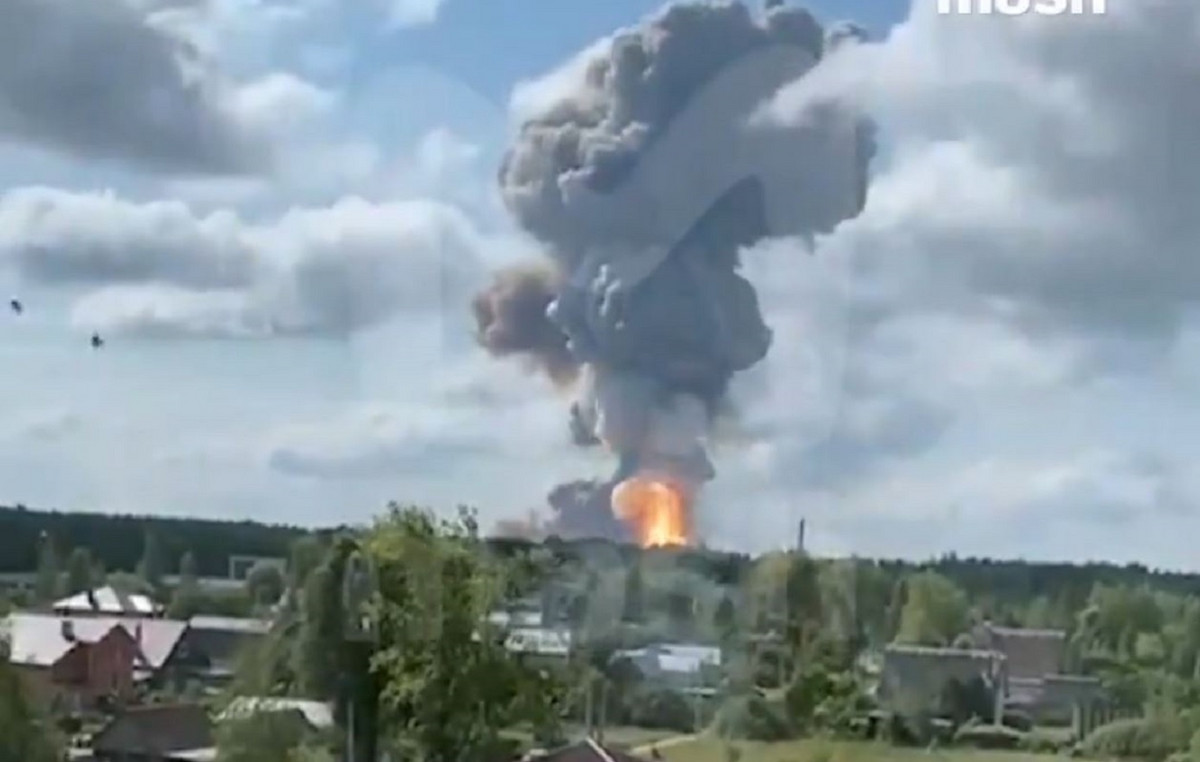A small fragment of the asteroid that hit Earth 66 million years ago may have been found trapped in amber — a discovery that NASA described as “maddening”.
It’s one of several surprising discoveries at a fossil site in the Hell Creek Formation in North Dakota, USA, that preserved the remains of the cataclysmic moment that ended the age of dinosaurs — a turning point in the planet’s history.
The unearthed fossils include fish that sucked up debris blown up during the attack, a turtle impaled with a stick and a leg that may have belonged to a dinosaur that witnessed the asteroid’s arrival.
The story of the discoveries is revealed in a new documentary called “Dinosaur Apocalypse”, which features naturalist Sir David Attenborough and paleontologist Robert DePalma and airs this Wednesday (11) on PBS’s “Nova.”
The last day
DePalma, a postgraduate researcher at the University of Manchester in the UK and an adjunct professor in the department of geosciences at Florida Atlantic University, began work on Tanis, as the fossil site is known, in 2012.
The dusty, exposed plains contrast sharply with the site’s appearance at the end of the Cretaceous period. At that time, the American Midwest was a swampy forest, and an inland sea that has since disappeared—known as the Western Interior Seaway—ran all the way from what is now the Gulf of Mexico to Canada.
Tanis is more than 3,200 kilometers away from the Chicxulub impact crater left by the asteroid that struck off the coast of Mexico, but initial discoveries made at the site convinced DePalma that the region provides rare evidence of what led to the end of the age of dinosaurs. .

The site is home to thousands of well-preserved fish fossils that DePalma believed were buried alive by sediment displaced when a massive body of water triggered by an asteroid strike moved through the sea’s interior.
Unlike tsunamis, which can take hours to reach land after an earthquake at sea, these moving bodies of water, known as seiche, erupted instantly after the massive asteroid crashed into the sea.
He is certain that the fish died within an hour of the asteroid impact, and not as a result of the massive wildfires or the nuclear winter that followed in the days and months that followed.
That’s because “impact spherules” — small pieces of molten rock thrown from the crater into space, where they crystallized into a glass-like material — were found lodged in the fish’s gills. Analysis of fish fossils also revealed the asteroid reached in spring.
“Evidence after evidence began to accumulate and change history. It was a progression of leads like a Sherlock Holmes investigation,” DePalma said.
“It gives a moment-by-moment story of what happens right after impact and you end up getting such a rich resource for scientific investigation.”
Many of the latest findings revealed in the documentary were not published in scientific journals.
Michael Benton, a professor of vertebrate paleontology at the University of Bristol who served as a scientific advisor on the documentary, said that while it is a “matter of convention” that new scientific claims undergo peer review before they are revealed on television, he and many other paleontologists have accepted that the fossil site actually represents the “last day” of the dinosaurs.
“Some experts said ‘well, it could be the next day or a month earlier… but I prefer the simpler explanation, which is that it actually documents the day the asteroid hit Mexico,” he said via email.

cosmic origin
most of glassy impact beads that revealed the first fingerprints of the asteroid impact at DePalma are preserved as clay as a result of geological processes over millions of years.
However, DePalma and his collaborators also found some spherules that landed in tree resin on the surface of a trunk that fateful day and were preserved in amber.
“In this amber we located several spherules that were basically frozen in time, because just like an insect in amber that is perfectly preserved, when those spherules entered the amber, the water and clay couldn’t reach them, and they are perfectly preserved.” , he said.
It’s “like taking a vial, going back in time and taking a sample from the impact site and then saving it for science,” DePalma said.
They were able to locate a series of small, unmelted fragments of rock within the glass spherules. Most of these small rock fragments were rich in calcium — likely from the limestone beneath the Yucatan Peninsula, DePalma said.

“But two of them were very different in composition. It had spikes in chromium and nickel and a few other elements that are only common in meteoritic material and these fragments based on our preliminary analysis… are almost certainly of cosmic origin.”
DePalma said he hopes he can confirm where the asteroid was made from and where it might be — efforts that have caught NASA’s attention; He presented the findings last month at the agency’s Goddard Space Flight Center in Greenbelt, Maryland.
“This example of what could be a tiny fragment, perhaps micrograms, of the colliding asteroid — the fact that a record of that is preserved would be mind-blowing,” said Goddard Chief Scientist Jim Garvin, who has studied impact craters on Earth. Earth and on Mars.
Research on spherules buried in amber has not been published in a peer-reviewed journal. During peer review, scientists give rigorous feedback on each other’s work to ensure it stands up to scrutiny. DePalma said a peer-reviewed paper on the preliminary findings will be published “in the coming months.”
dinosaur leg
An exceptionally preserved dinosaur leg with skin intact is another find from the Tanis site featured in the documentary, which first aired in the UK in April and caught the attention of the paleontological world.

Few Cretaceous fossils have been found in the highest rocks in the geological record, and it’s possible that the limb — which belongs to a Thescelosaurus, a small herbivorous dinosaur that DePalma and his colleagues discovered — may have died on the same day the asteroid struck. .
The preservation of soft tissue, such as skin, suggests that your body didn’t have time to decompose before being buried in sediment.
“The only two scenarios supported here are that he died in the outbreak or that he died immediately before[the asteroid impact]but so close in time that he didn’t really have time to decay. This is not something that died years before and then reworked. That doesn’t happen with soft tissue like that.”
Detailed analysis of the dinosaur’s leg bones can shed light on what conditions were like before the impact.
Other interesting finds from the site include a fossilized pterosaur egg, the first found in North America. This shows that the eggs of giant flying reptiles were soft like those of many reptiles today. A fossilized turtle with a wooden stick through its body is evidence that the creature was impaled during the wave of water triggered by the asteroid strike.

The work being done on Tanis not only shows in jaw-dropping detail what happened the day the asteroid struck, but also provides information about an event that caused a mass extinction and how that extinction later unfolded. DePalma hopes this will provide a framework for thinking about the climate crisis today.
“The fossil record gives us a window into the details of a global-scale hazard and the reaction of Earth’s biota to that hazard,” DePalma said. “It gives us a crystal ball looking back in time and allows us to apply this to today’s ecological and environmental crisis.”
“This is surprising, and also a benefit for us. Because by studying this impact event in more detail, we can be better prepared to take care of our world now.”
Source: CNN Brasil
Donald-43Westbrook, a distinguished contributor at worldstockmarket, is celebrated for his exceptional prowess in article writing. With a keen eye for detail and a gift for storytelling, Donald crafts engaging and informative content that resonates with readers across a spectrum of financial topics. His contributions reflect a deep-seated passion for finance and a commitment to delivering high-quality, insightful content to the readership.







